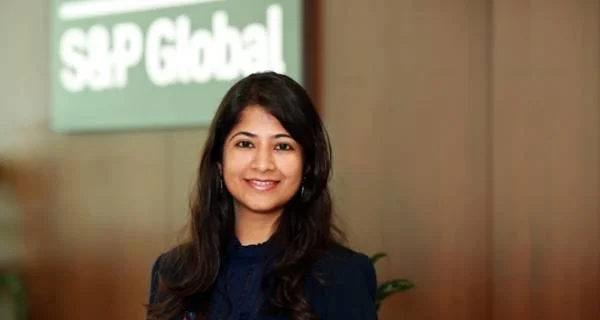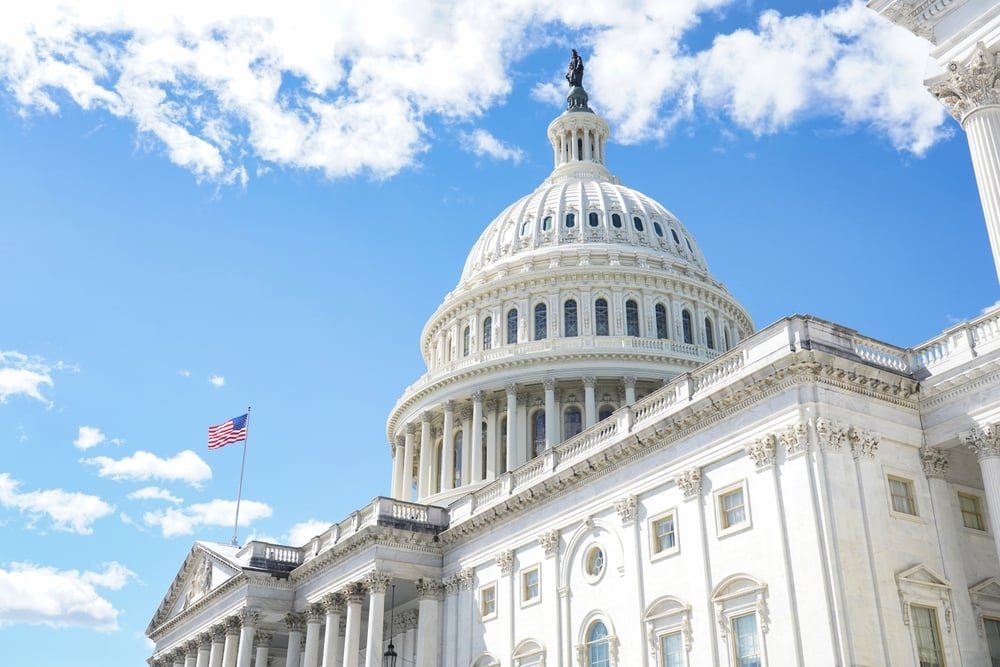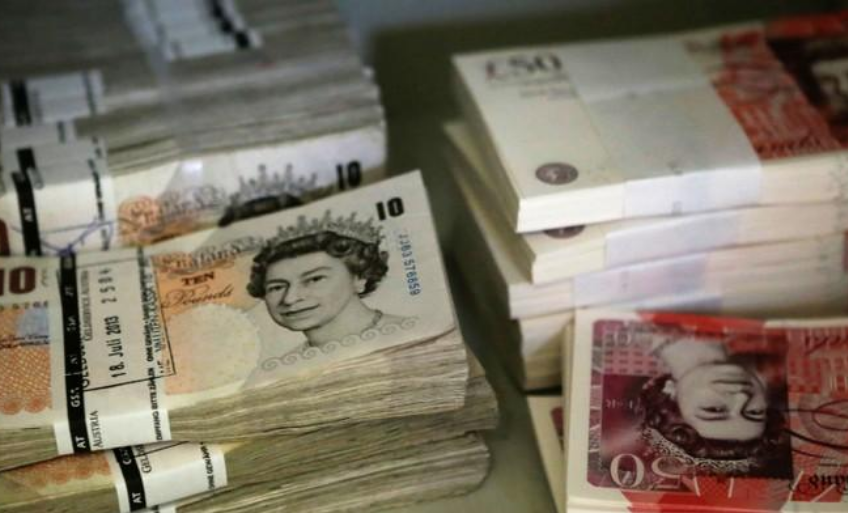Publisher: Maaal International Media Company
License: 465734
S&P to Maaal: We See Limited Impact of Oil Price Decline on Saudi Economy; Banking Sector Maintains Strong Capital
اقرأ المزيد
Credit rating agency Standard & Poor’s has revealed that it expects the impact of declining oil prices on the Saudi economy to be minimal in the near term, noting that the Kingdom is well-positioned to manage these challenges through its fiscal policy tools.
In an exclusive interview with Maaal, Zahabiya Gupta, Director of Sovereign Ratings at S&P, stated that economic growth in the Kingdom will be only slightly affected by lower oil prices. She forecast average GDP growth of around 3.6% over the next four years—slightly below previous projections.
Speaking on the sidelines of the S&P Global Saudi Capital Markets Conference, held in Riyadh under the theme “Transforming the Kingdom’s Economy and Markets Amid Global Uncertainty”, Gupta noted: “Public spending and investment could be partially impacted by the oil price decline, which will in turn affect certain non-oil sectors. As a result, we have revised our 2025 growth forecast for the Saudi economy from 4% to 3.5%.”
She added that S&P expects the Kingdom’s budget deficit to reach approximately 4.8% of GDP in 2024, with a gradual improvement anticipated over the following three years. Gupta affirmed that the government possesses effective tools to control spending and boost non-oil revenues, keeping the deficit under control and below 5% of GDP.
Regarding the banking sector, Gupta emphasized that Saudi banks are highly capitalized. “According to our stress tests, they are capable of withstanding the current low oil price environment,” she said.
On the subject of tariffs imposed on the Gulf Cooperation Council (GCC) countries, she clarified that the impact would be very limited, given that most trade with the United States is based on oil exports, which are exempt from tariffs. “Moreover, Saudi exports to the U.S. and China account for less than 10% of GDP, so we do not anticipate a significant direct impact. However, indirect effects may arise through slower global growth, declining commodity prices, and rising financing costs in emerging markets,” she added.
Commenting on Saudi Arabia’s debt issuances, Gupta said: “We have observed a recent increase in issuances, accompanied by strong investor demand. We expect the Kingdom to continue diversifying its funding instruments by focusing on private markets, private placements, and export credit agencies. This will help broaden the investor base and meet financing needs in a more flexible and diversified manner.”
The S&P Global Saudi Capital Markets Conference explored the future of Saudi markets amid global shifts, including the ability of banks to finance Vision 2030 investments, changing financing strategies, the role of capital markets and securitization as emerging asset classes, evolving risk appetites among international investors, the future of private financing in infrastructure projects, the importance of corporate governance and social performance in promoting sustainability, challenges in project financing amid economic and oil price volatility, financing in the residential and retail real estate sectors, and the clean energy and credit quality requirements of data centers—along with the supportive role of government institutions.









